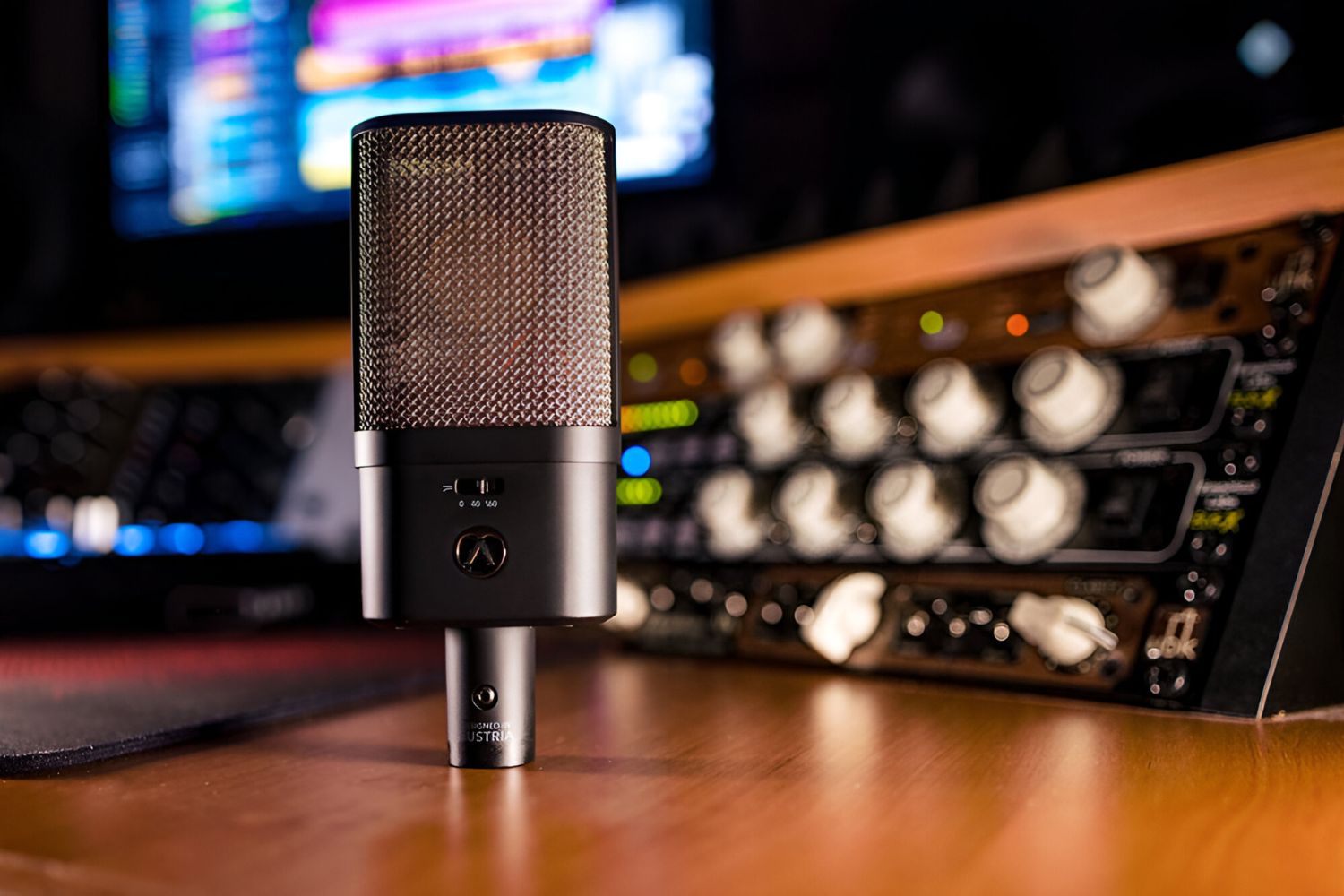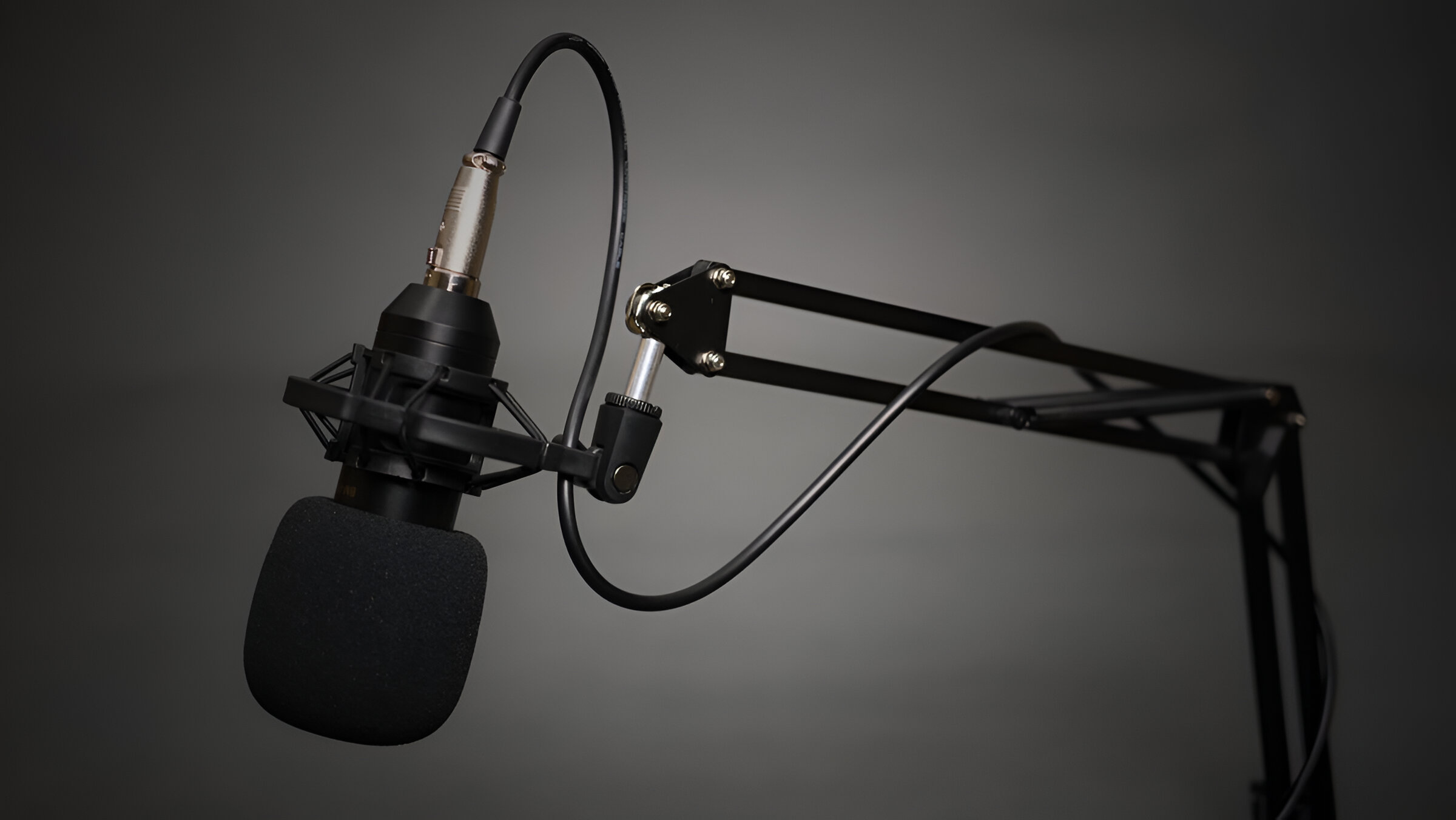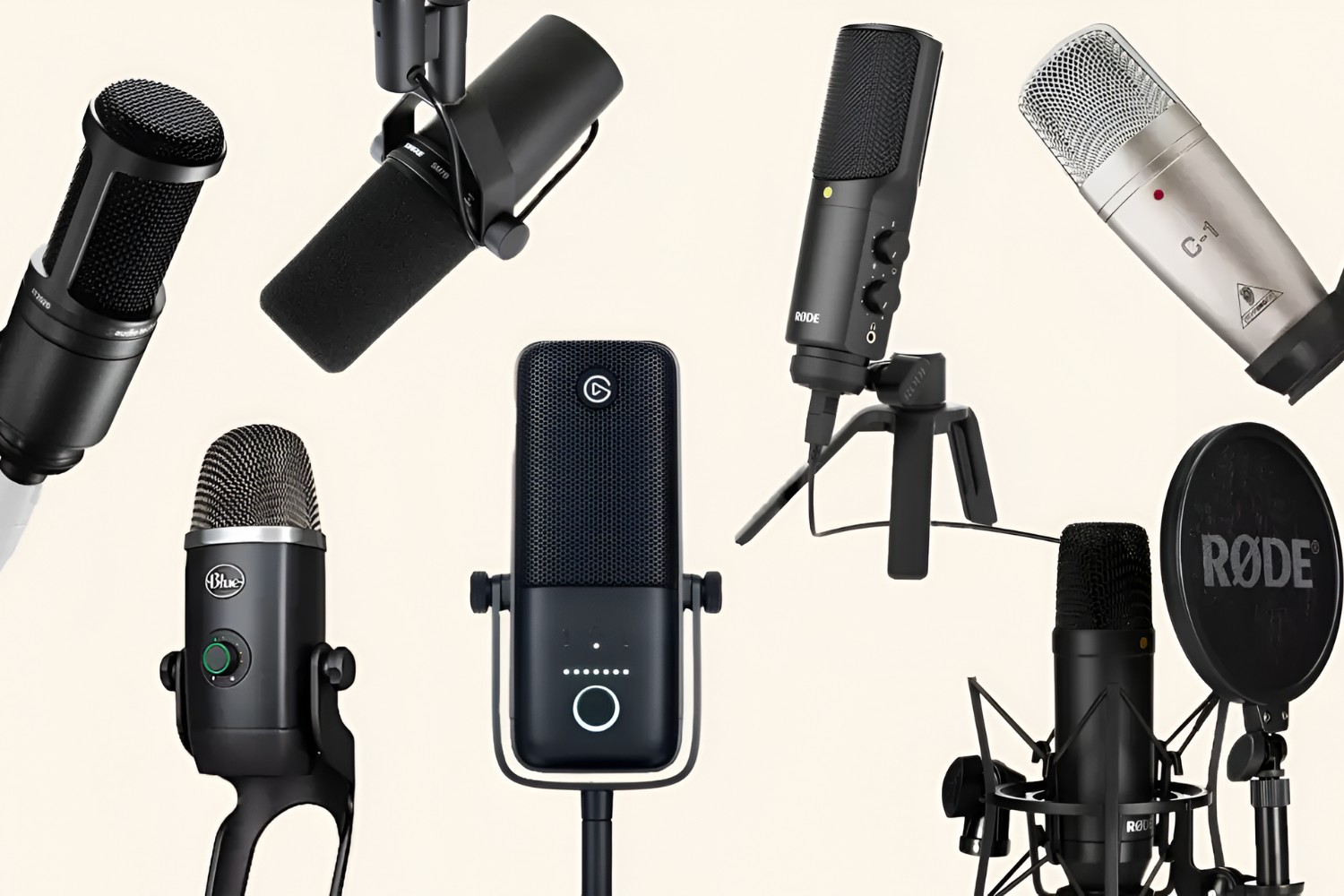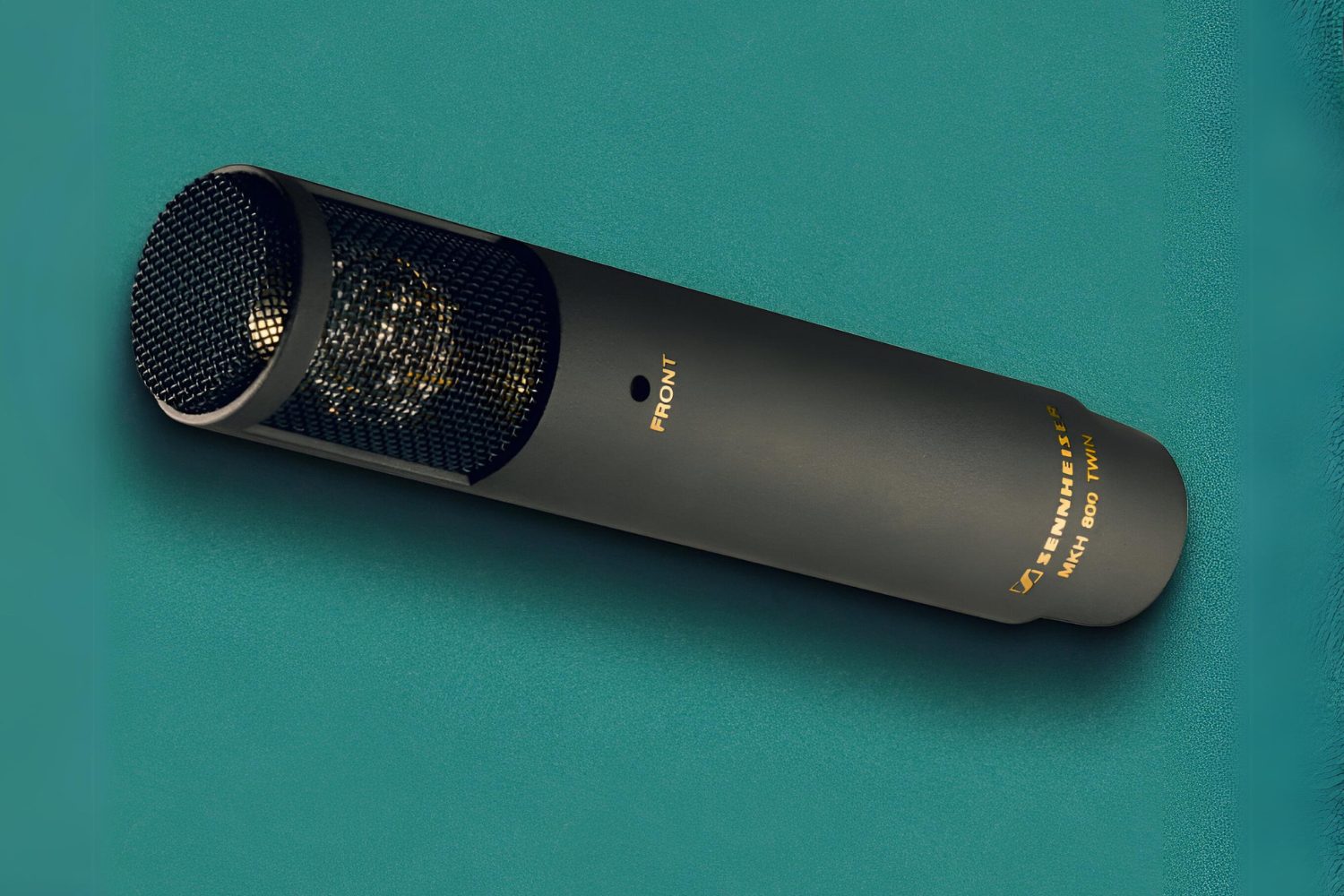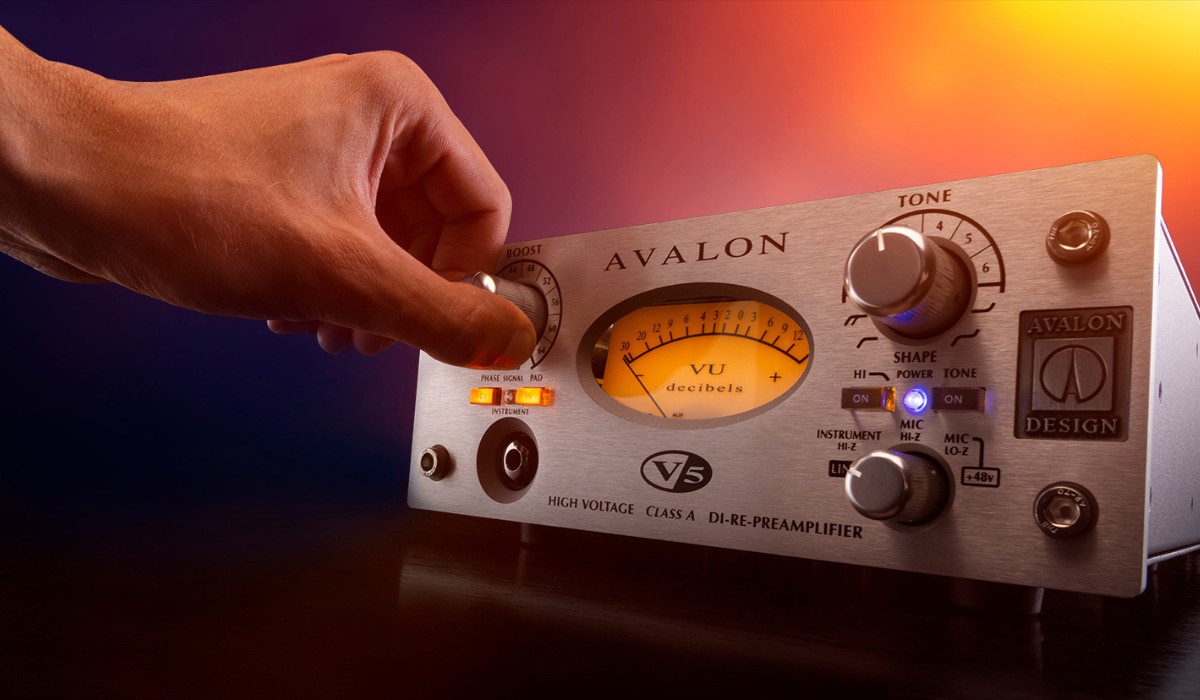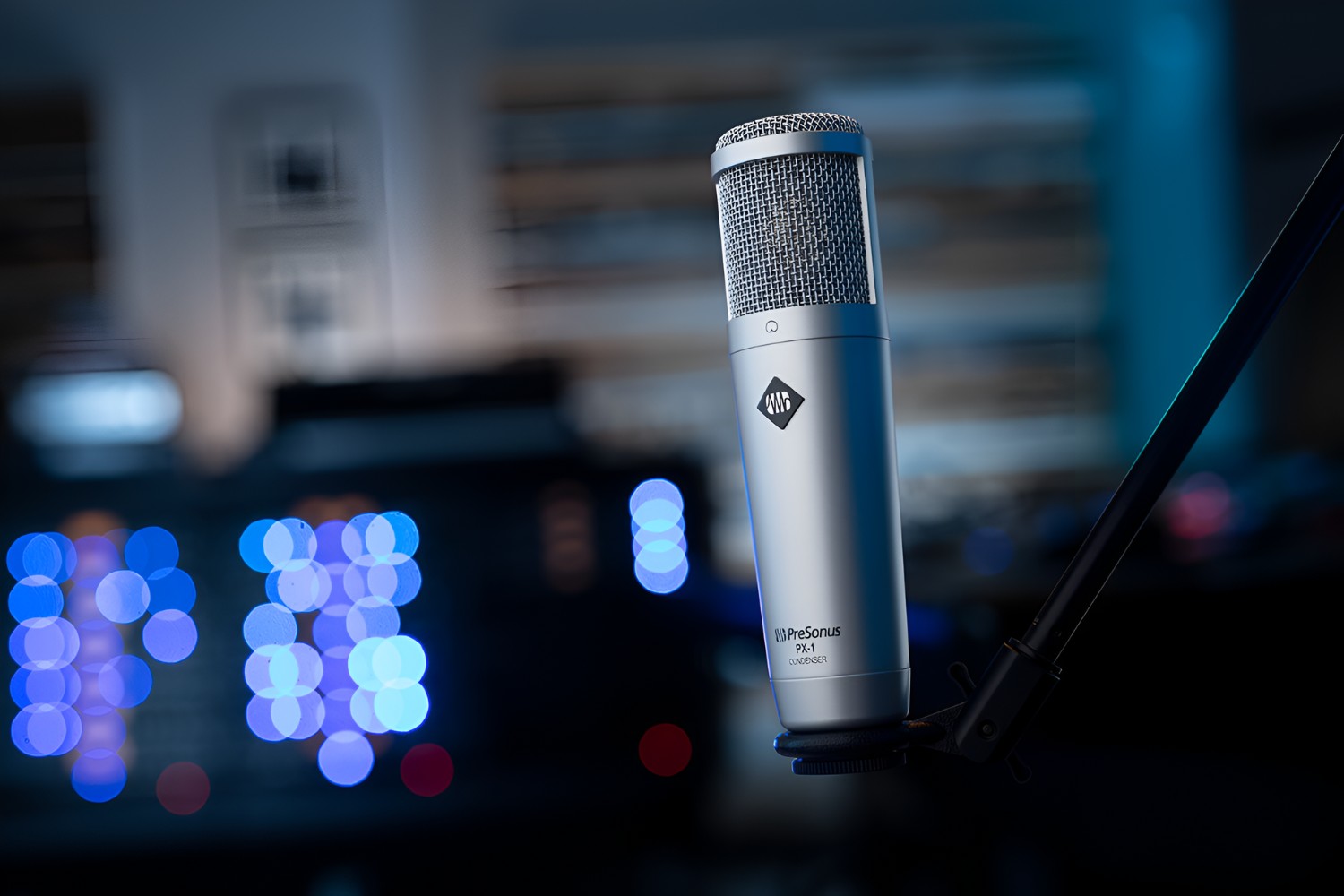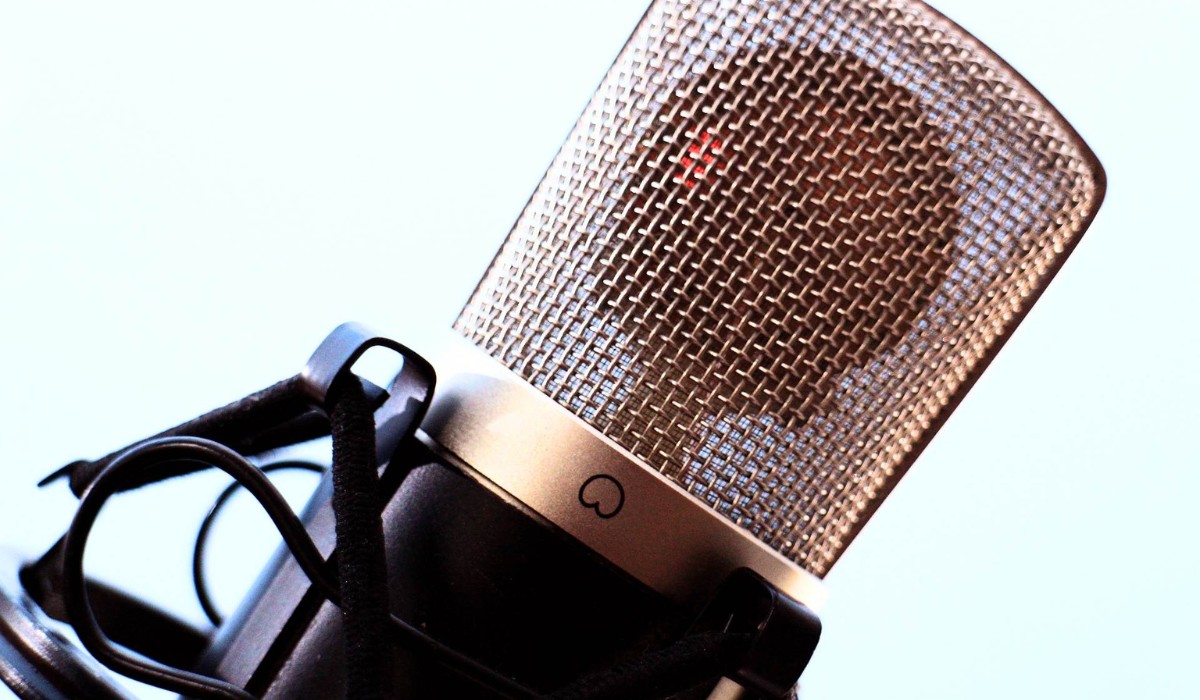Introduction
Welcome to the world of audio recording! Whether you are a professional musician, a podcaster, or a content creator, the quality of your recordings depends significantly on the tools you use. In the realm of microphones, the large diaphragm condenser microphone stands out as a popular choice for capturing rich, detailed sound. This article will delve into the intricacies of large diaphragm condenser microphones, shedding light on their functionality, applications, and the factors to consider when choosing the right one for your needs.
Large diaphragm condenser microphones, often referred to as LDC mics, have earned a stellar reputation for their ability to capture nuanced sound with exceptional clarity and sensitivity. They are favored for their versatility and are widely used in professional recording studios, home studios, live performances, and broadcast settings. Understanding the capabilities and applications of these microphones is essential for anyone looking to elevate the quality of their audio recordings.
In this comprehensive guide, we will explore the inner workings of large diaphragm condenser microphones, uncover their unique features, and discuss the diverse scenarios in which they can be effectively utilized. Additionally, we will provide valuable insights into selecting the ideal large diaphragm condenser microphone that aligns with your specific recording requirements. Whether you are a seasoned audio engineer or a novice enthusiast, this article aims to equip you with the knowledge needed to make informed decisions when it comes to incorporating large diaphragm condenser microphones into your audio production setup. So, let's embark on this enlightening journey into the realm of large diaphragm condenser microphones and unravel the magic they bring to the world of sound recording.
What is a Large Diaphragm Condenser Microphone?
A large diaphragm condenser microphone is a pivotal tool in the realm of audio recording, renowned for its exceptional ability to capture sound with precision and detail. Unlike dynamic microphones, which are commonly used for live performances and on-stage applications, large diaphragm condenser microphones are prized for their sensitivity and wide frequency response, making them an ideal choice for studio recordings, vocals, acoustic instruments, and ambient sound capture.
At the core of a large diaphragm condenser microphone lies its diaphragm, a thin membrane that vibrates in response to sound waves. As the diaphragm moves, it modulates an electric current, generating an audio signal that faithfully represents the original sound. The “large diaphragm” designation refers to the relatively larger size of the microphone’s diaphragm compared to small diaphragm condenser microphones. This larger diaphragm size contributes to the microphone’s ability to capture subtle sonic nuances and transient details, resulting in a more natural and transparent sound reproduction.
One of the defining characteristics of large diaphragm condenser microphones is their sensitivity to sound pressure levels, making them adept at capturing soft, delicate sounds as well as powerful, dynamic audio sources. This versatility makes them indispensable in a wide range of recording scenarios, from intimate vocal performances to grand orchestral arrangements.
Furthermore, large diaphragm condenser microphones are known for their low self-noise, which ensures that the recorded audio remains free from unwanted background hiss or interference, preserving the integrity of the original sound. This attribute makes them particularly well-suited for capturing quiet, subtle sounds with exceptional clarity and fidelity.
Equipped with a rich and transparent sonic character, large diaphragm condenser microphones have become a staple in professional recording studios, home recording setups, and broadcast environments. Their ability to faithfully reproduce the intricacies of sound with unparalleled accuracy has solidified their status as indispensable tools for capturing the essence of musical performances, vocal expressions, and ambient environments.
How Does a Large Diaphragm Condenser Microphone Work?
Understanding the inner workings of a large diaphragm condenser microphone unveils the fascinating technology that enables it to capture sound with remarkable precision. At the heart of this microphone is the condenser capsule, which consists of a diaphragm and a backplate. The diaphragm, typically made of gold-sputtered plastic or ultra-thin metal, serves as one plate of a capacitor, while the backplate acts as the opposing plate. This configuration forms a capacitor that is capable of converting sound waves into electrical signals.
When sound waves reach the diaphragm, it vibrates in response to the variations in air pressure. As the diaphragm moves, the distance between it and the backplate changes, causing the capacitance of the capacitor to fluctuate. This modulation in capacitance results in the generation of an electrical signal that mirrors the incoming sound waves. The electrical signal is then amplified and processed to produce an accurate representation of the original sound.
Notably, large diaphragm condenser microphones require an external power source to polarize the condenser capsule. This power, often supplied through phantom power from a mixing console or audio interface, serves to charge the capacitor within the microphone, enabling it to function effectively. The reliance on external power contributes to the microphone’s high sensitivity and wide frequency response, allowing it to capture a broad spectrum of sound with exceptional clarity and detail.
Additionally, the design of large diaphragm condenser microphones facilitates their ability to capture subtle sonic nuances and transient details. The larger diaphragm size, in comparison to small diaphragm condenser microphones, enhances the microphone’s sensitivity to sound pressure variations, making it well-suited for capturing both delicate and powerful audio sources. This versatility makes large diaphragm condenser microphones invaluable for recording vocals, acoustic instruments, percussion, and ambient soundscapes.
Moreover, the low self-noise characteristic of large diaphragm condenser microphones ensures that the recorded audio remains pristine and free from unwanted interference. This attribute is particularly advantageous when capturing quiet, nuanced sounds, as it preserves the integrity and fidelity of the original audio, resulting in recordings that are rich, transparent, and true to the source.
By harnessing the principles of capacitance and transduction, large diaphragm condenser microphones excel in faithfully capturing the intricacies of sound, making them indispensable tools for professional audio production and capturing the essence of musical performances and vocal expressions.
Applications of Large Diaphragm Condenser Microphones
The versatility and exceptional sonic characteristics of large diaphragm condenser microphones render them indispensable across a diverse array of recording and sound-capture scenarios. Their wide frequency response, sensitivity, and ability to faithfully reproduce sound make them valuable assets in professional studios, home recording setups, and live performance environments.
Vocal Recording: Large diaphragm condenser microphones are favored for capturing vocal performances with unparalleled clarity and warmth. Whether recording lead vocals, background vocals, or voiceover work, these microphones excel in capturing the nuances of the human voice, delivering rich and detailed vocal recordings that stand out in the mix.
Instrumental Recording: From acoustic guitars and pianos to string instruments and percussion, large diaphragm condenser microphones are well-suited for capturing the intricate tonal characteristics and transient details of a wide range of musical instruments. Their ability to faithfully reproduce the natural timbre and resonance of instruments makes them valuable tools for achieving lifelike instrument recordings.
Room and Ambient Miking: Large diaphragm condenser microphones are adept at capturing the ambience and spatial characteristics of a recording environment. Whether used as room mics in a studio setting or for capturing the natural reverberation of a performance space, these microphones add depth and dimension to recordings, enhancing the overall sonic landscape.
Podcasting and Voiceover: The clear and articulate sound reproduction of large diaphragm condenser microphones makes them ideal for podcasting, voiceover work, and broadcast applications. Their ability to capture speech with exceptional clarity and intelligibility ensures that every word is conveyed with precision and impact.
Lecture and Conference Recording: In educational and corporate settings, large diaphragm condenser microphones are valuable for capturing lectures, presentations, and discussions with pristine clarity. Their ability to capture speech intelligibly and accurately makes them essential tools for recording and archiving important spoken content.
Live Sound Reinforcement: While large diaphragm condenser microphones are commonly associated with studio recording, they are also utilized in live sound reinforcement for capturing vocals and acoustic instruments with studio-quality precision. Their ability to deliver detailed and natural sound reproduction makes them valuable assets in live performance settings.
These diverse applications underscore the versatility and adaptability of large diaphragm condenser microphones, positioning them as essential tools for capturing the essence of sound in a wide range of professional and creative endeavors.
Choosing the Right Large Diaphragm Condenser Microphone
When selecting a large diaphragm condenser microphone, several factors come into play, each influencing the microphone’s suitability for specific recording applications. Understanding these considerations is crucial in making an informed decision that aligns with your recording needs and budget.
Sound Source: Consider the primary sound sources you intend to record. If you primarily capture vocals, a microphone known for its vocal warmth and clarity may be ideal. For instrument recording, a microphone with a balanced frequency response and transient detail may be preferred.
Polar Pattern: Large diaphragm condenser microphones are available in various polar patterns, such as cardioid, omnidirectional, and figure-8. The choice of polar pattern influences the microphone’s directionality and its suitability for different recording scenarios. For solo vocal recording, a cardioid pattern may be suitable, while omnidirectional patterns are ideal for capturing ambient soundscapes.
Frequency Response: Pay attention to the microphone’s frequency response, as it dictates how the microphone captures different frequencies. A flat frequency response is desirable for capturing sound with accuracy, while microphones with tailored frequency responses may impart specific sonic characteristics.
Self-Noise and Sensitivity: Assess the microphone’s self-noise level, as lower self-noise ensures cleaner recordings, especially when capturing quiet sound sources. Additionally, consider the microphone’s sensitivity, which determines its ability to capture subtle nuances and transient details.
Budget and Quality: Determine a budget that aligns with your recording needs and quality expectations. While there are budget-friendly options available, investing in a high-quality large diaphragm condenser microphone can greatly impact the overall quality of your recordings.
Reviews and Demos: Research and listen to microphone reviews and demos to gain insights into how different microphones perform in real-world recording scenarios. Pay attention to how the microphones capture vocals, instruments, and ambient sound, and assess their overall sonic characteristics.
Compatibility and Accessories: Ensure that the chosen microphone is compatible with your recording setup, considering factors such as phantom power requirements, mounting options, and accessories such as shock mounts and pop filters that may enhance the microphone’s performance.
Personal Preference: Ultimately, personal preference plays a significant role in choosing the right large diaphragm condenser microphone. Each microphone imparts its unique sonic signature, and finding one that resonates with your aesthetic and recording style is key to achieving satisfying results.
By carefully considering these factors and conducting thorough research, you can navigate the vast selection of large diaphragm condenser microphones to find the one that best complements your recording objectives, ensuring that your audio productions are imbued with clarity, warmth, and sonic fidelity.
Conclusion
Large diaphragm condenser microphones stand as pillars of excellence in the realm of audio recording, revered for their ability to capture sound with unparalleled detail, transparency, and nuance. From the delicate timbre of a vocalist’s performance to the resonant tones of acoustic instruments, these microphones have proven indispensable in a myriad of recording scenarios, shaping the sonic landscapes of countless musical compositions, podcasts, broadcasts, and live performances.
The intricate technology that underpins large diaphragm condenser microphones, including their condenser capsules, polar patterns, and frequency responses, contributes to their exceptional ability to faithfully reproduce sound. Their sensitivity to subtle sonic nuances, low self-noise, and wide dynamic range make them prized assets in professional recording studios, home setups, and live sound reinforcement applications.
When selecting the right large diaphragm condenser microphone, considerations such as sound source, polar pattern, frequency response, self-noise, and personal preference come into play, guiding the decision-making process towards a microphone that aligns with specific recording needs and sonic aspirations.
As technology continues to advance, large diaphragm condenser microphones have evolved to meet the demands of modern audio production, integrating innovative features while preserving their timeless sonic characteristics. Their adaptability in capturing vocals, instruments, ambient soundscapes, and spoken word content underscores their versatility and enduring relevance in the ever-evolving landscape of audio recording.
In essence, large diaphragm condenser microphones represent not just tools of the trade, but conduits of sonic artistry, faithfully translating the intricacies of sound into timeless recordings that resonate with depth and clarity. Whether in the hands of seasoned audio engineers, aspiring musicians, podcasters, or content creators, these microphones continue to shape the sonic tapestry of our auditory experiences, enriching the world with the beauty of sound.
Embracing the legacy and innovation embodied by large diaphragm condenser microphones is an invitation to explore the boundless possibilities of audio recording, where every whisper, every chord, and every spoken word finds its truest expression. As we continue to embark on this journey of sonic exploration, these microphones remain steadfast companions, steadfastly capturing the essence of sound and preserving it for generations to come.







